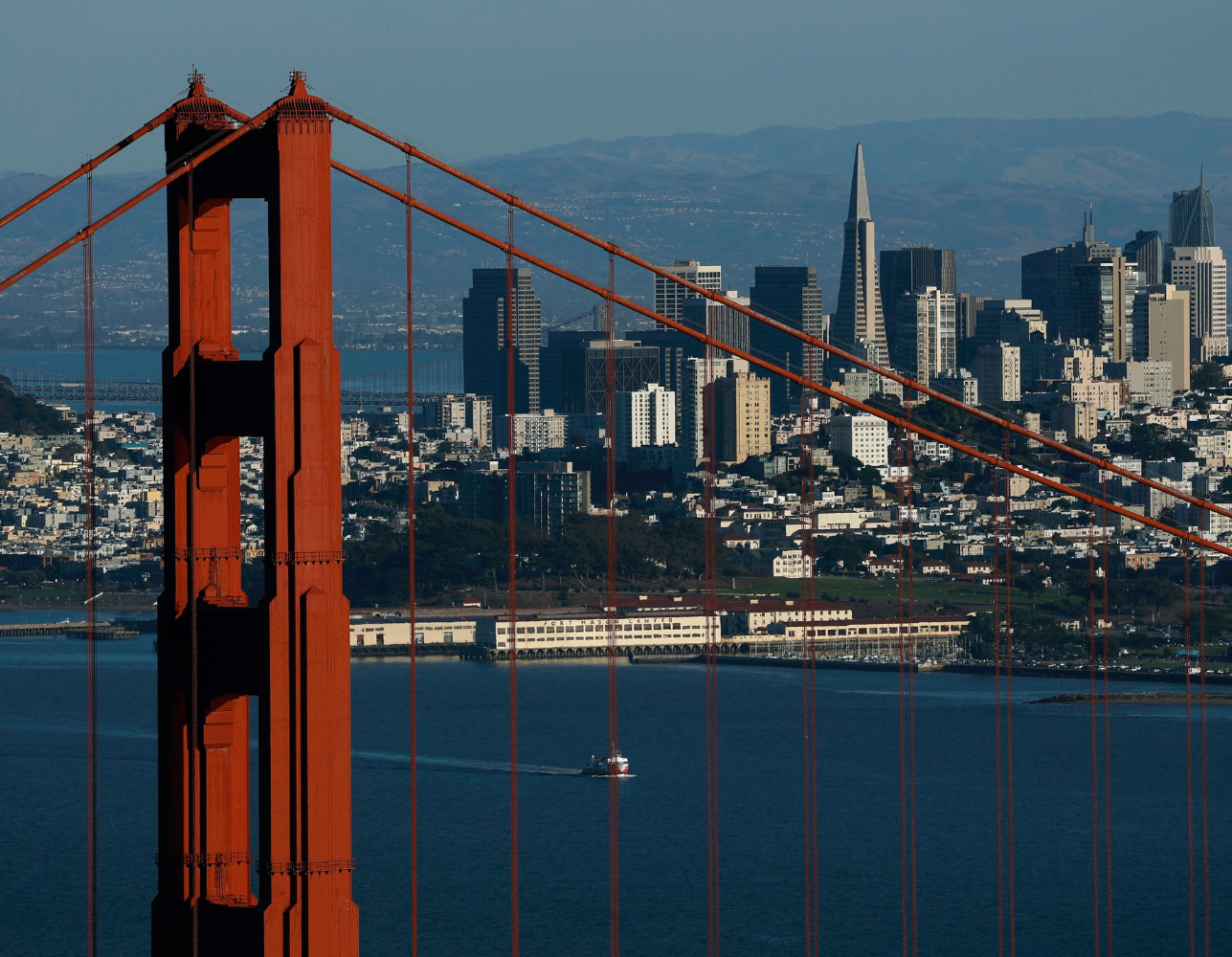Federal Aviation Administration looking into claims US aircraft maker knew of flaws but covered them up to speed production
Claims that Boeing knew of safety flaws in the manufacture of one of its largest passenger jet aircraft, but covered them up to speed production, are under investigation by the Federal Aviation Administration (FAA), according to a reports.
The information came from a whistleblower inside the beleaguered US aircraft maker, and relates to the structural integrity of the 787 Dreamliner jet, a report published by the New York Times alleges.
The engineer, identified as Sam Salehpour, told the newspaper that sections of the fuselage of the Dreamliner were improperly fastened together and could eventually break apart mid-flight.
Salehpour said he had worked for the company for more than a decade, including on the jets in question, and claimed Boeing employed “shortcuts” in the manufacturing process intended to reduce production bottlenecks – but which ultimately compromised safety.
Shares in Boeing, which has suffered a succession of recent engineering misfortunes since 346 people died in two 737 Max jets in 2018 and 2019, fell 1.6% to $178.65 on Tuesday afternoon after the FAA confirmed the investigation, Reuters reported.
In a statement to the Times, Debra Katz, an attorney for Salehpour, said her client repeatedly warned the company that changes to the manufacturing process for the 787 jets threatened their integrity, but he was ignored and then transferred.
“This is the culture that Boeing has allowed to exist. This is a culture that prioritizes production of planes and pushes them off the line even when there are serious concerns about the structural integrity of those planes and their production process,” Katz’s statement said.
The company, in a statement, confirmed that manufacturing changes had taken place, but it insisted that safety had not been compromised.
“These claims about the structural integrity of the 787 are inaccurate and do not represent the comprehensive work Boeing has done to ensure the quality and long-term safety of the aircraft,” it said.
Workers were encouraged “to speak up when issues arise”, the statement added. And the statement said that “retaliation is strictly prohibited at Boeing”.
In separate remarks to the Times, Boeing spokesperson Paul Lewis said engineers had tested the Dreamliner extensively and “determined that this is not an immediate safety of flight issue”.
He added that the evaluation was ongoing. “Our engineers are completing complex analysis to determine if there may be a long-term fatigue concern for the fleet in any area of the airplane,” he said.
“This would not become an issue for the in-service fleet for many years to come, if ever, and we are not rushing the team so that we can ensure that analysis is comprehensive.”
The FAA, according to Reuters, confirmed it had spoken to Salehpour, whose lawyers wrote to the administration’s head, Michael Whitaker, in January stating that he had made observations working on the 787 manufacturing line in 2021.
The wide-bodied Dreamliner was hailed as the fuel-efficient future of the aviation industry but soon turned into a nightmare for Boeing.
The fleet was grounded globally in 2013 after a series of safety incidents, including fires caused by faulty batteries. And deliveries were temporarily halted in 2021 following concerns over incorrectly sized panel gap fillers – and again last year after bulkhead pressure problems that turned out to be a data analysis error.
Despite its troubles, it is still one of Boeing’s most popular aircraft, selling more than any other wide-bodied jet, the company claims.
Reported issues with the 777 are also under scrutiny, the FAA said, although it did not give further details or indicate how long its inquiries will take.
Whitaker did not address Salehpour’s claims against Boeing but told the Times that the company “must commit to real and profound improvements”.
“Making foundational change will require a sustained effort from Boeing’s leadership, and we are going to hold them accountable every step of the way,” he said.
Pressure on the aviation behemoth grew further this week when an engine cowling fell from a Southwest Airlines 737-800 jet taking off from Denver airport. In recent months, Boeing has experienced a number of similar incidents, the most serious being the inflight blowout of a large fuselage panel of an Alaskan Airlines 737 Max 9 aircraft in January.
Dave Calhoun, Boeing’s long-serving chief executive, announced last month that he plans to step down at the end of this year.




